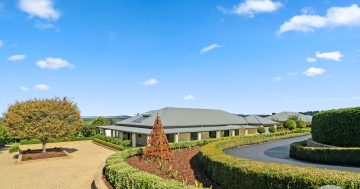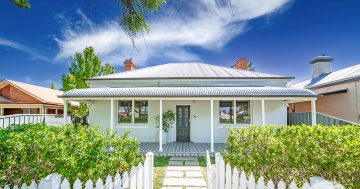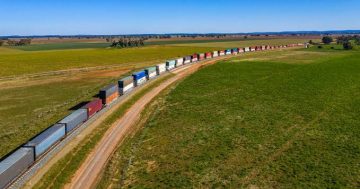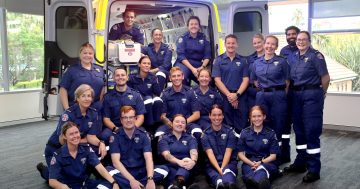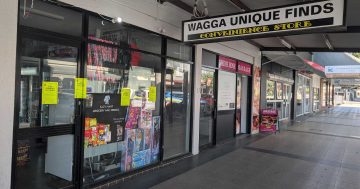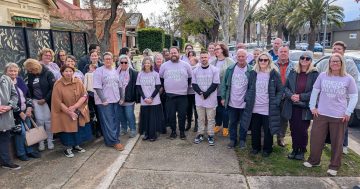
PRD Operations Manager Kellie-Jo Gustowski adds to the growing list of properties sold in Wagga Wagga. Photo: Chris Roe.
Riverina real estate is booming, but will local communities be able to keep up with increasing demand and rising prices?
Wagga Wagga and nearby Griffith are two of just three NSW locations included in PRD Real Estate’s Roaring Regions report, detailing Australia’s top 10 affordable areas.
The Riverina centres were singled out for their low unemployment rates, ongoing investment in infrastructure, tight rental markets and high returns. Last year was Wagga’s biggest for house sales in the past decade, with 1674 properties changing hands.
Simon Freemantle, from Wagga PRD, believes the future is bright.
“The fact that Wagga is one of the most affordable cities in NSW, and even Australia, is a bonus for Wagga and its future growth and the sustainability of where the real estate market has been over the last couple of years,” he said.
Wagga Mayor Dallas Tout says he’s not surprised by the Riverina’s inclusion in the top 10 list.
“Affordability is a big thing,” he says. “But I think the other thing that comes with that affordability, you get the extra bonus of livability. To be recognised as two of the most affordable in the country is even more exciting because that will pull more people to relocate as part of the ‘great resignation’. ”
The PRD report points to an estimated $2.2 billion investment in the Wagga Wagga LGA in the coming year.
This is all great news for investors and tree-changers fleeing the major cities, but what does it mean for the broader local community?
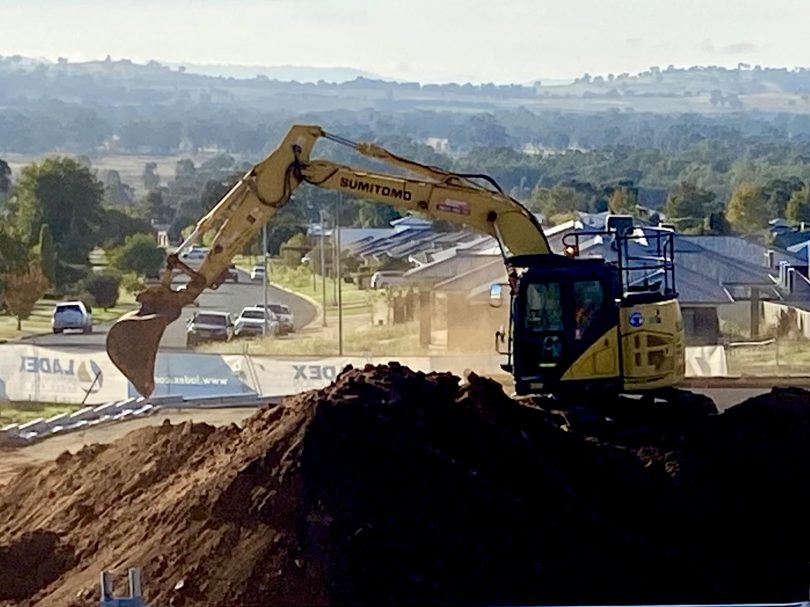
Work continues in expanding Wagga suburbs like Estella. Photo: Chris Roe.
Mr Freemantle says the market is getting tight.
“The number of properties that are traditionally on the market in Wagga is normally in the vicinity of 800 to 850 properties,” he says. “We’re currently seeing a market with as little as 450, which leaves a shortage of different price points.”
Rachael Whiting, from Regional Development Australia, sees a need for more rental properties and affordable options to address a regional skills shortage.
“We know we have a supply issue at the moment,” she says. “We need to create opportunities for people to live here and to help fill positions in our workplaces as well.”
She says a broader, regional perspective may be a solution.
“We’ve known for some time that the Riverina is a great place to live and that it’s affordable. But I’d encourage people to look at the towns around and between Wagga and Griffith as well because there’s even more affordable housing in some of those locations.”
Cr Tout agrees.
“We need to start having more conversations about the region as a whole and the regional housing strategy and that’s what I’ll be doing in the next couple of months,” he says. “Talking to neighbouring councils to ensure we stay on the mark with that affordability and livability. You can live in Wagga and enjoy all the beautiful stuff that you can do in the region. Or you can live immediately adjacent and still enjoy all the facilities in Wagga.”
The report suggests that the addition of “431 lots, three units, 15 dwellings and eight townhouses will assist with managing population growth” in Wagga.
Mr Freemantle is optimistic that supply shortages that plagued the building industry over the past 18 months will begin to ease and costs will begin to even out.
“Council has been working fairly heavily with a variety of developers to try and free up some land and greenfield sites, in particular, to be able to release land ahead of it,” he says.
Cr Tout says councils have been playing catchup with infrastructure over the past decade, but believes they can keep pace with the predicted expansion.
“We are catching up with that but also putting in place the infrastructure for the future growth.”
He points to the expansion to Wagga’s north around the Special Activation Precinct at Bomen as an example of future-proofing.
“That’s $35 million worth of roads that went in. It was one of those ‘build it and they will come’ things and now we’re getting hundreds and hundreds and hundreds of millions dollars worth of investment there.
“We need to ensure we maintain what we have, build what we need and maintain it in advance of needing it.”







